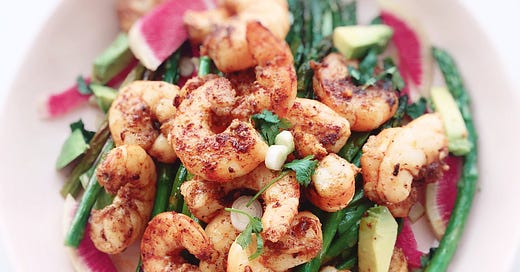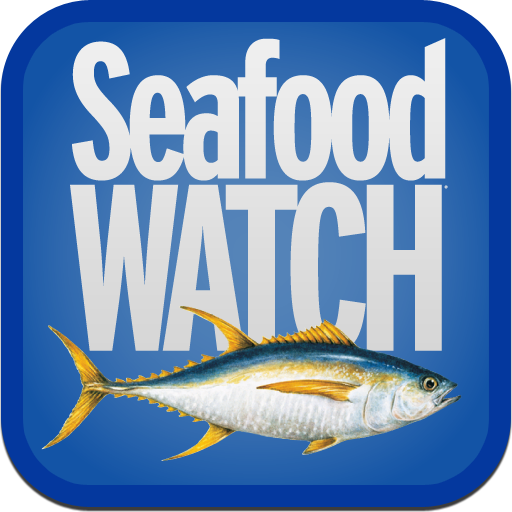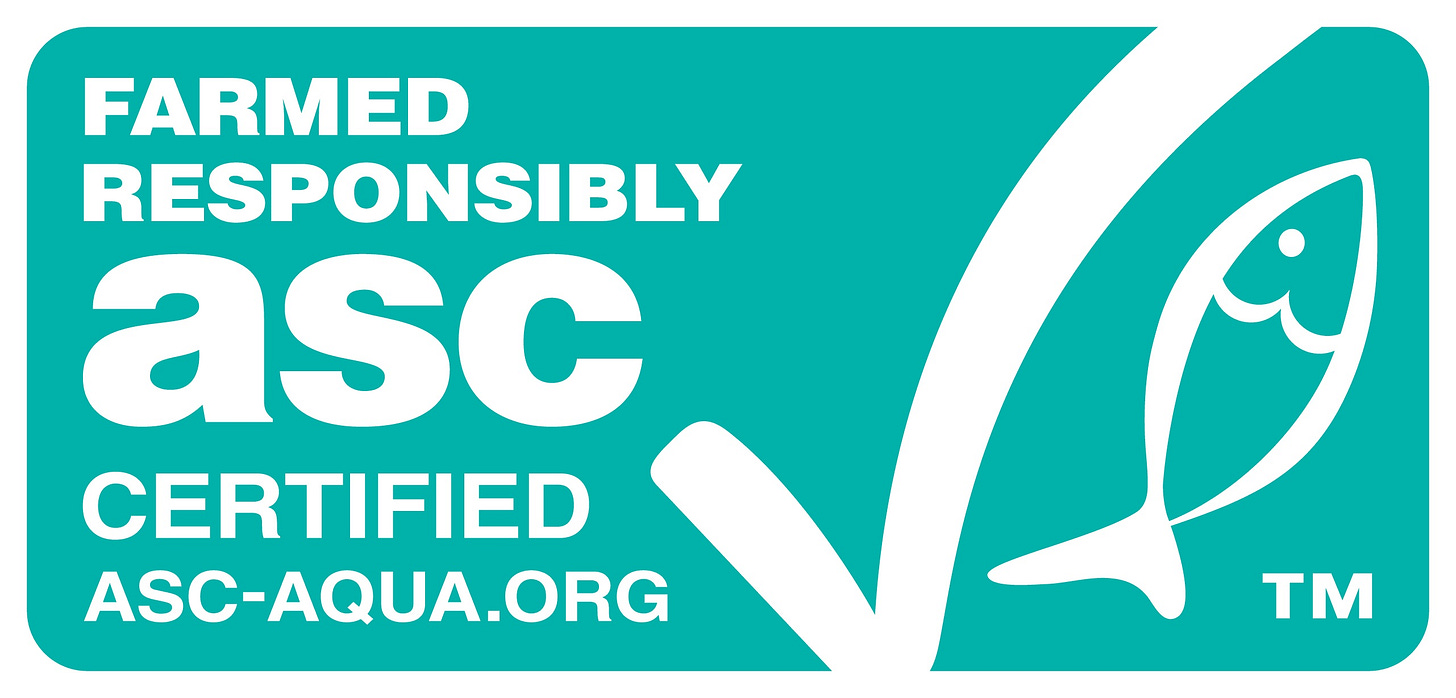Shrimp is a shellfish MVP—versatile, delicious, and budget-friendly. But not all shrimp are created equal. Choosing clean, sustainable shrimp isn’t just better for your health; it’s kinder to the environment too. Here’s how to make sure you’re buying the best of the best.
1. Get the Scoop with the Seafood Watch App 📲
First stop on your shrimp journey? The Seafood Watch app by the Monterey Bay Aquarium.
What it does: This free app rates seafood based on sustainability, guiding you toward choices that are better for the planet.
How it works: Search “shrimp,” and it’ll tell you whether your option is a Best Choice, Good Alternative, or one to Avoid based on factors like fishing practices and farming methods.
Pro Tip: Use the app right in the store or restaurant—it’s like a cheat sheet for guilt-free seafood eating!
2. Look for These Two Seals You Want to "Sea:"
If you’re shopping for shrimp, these certifications are your go-to indicators of quality and sustainability:
The Global Aquaculture Alliance (GAA): Look for their blue fish logo, indicating shrimp farms meet high environmental and social responsibility standards.
The Aquaculture Stewardship Council (ASC): Their logo ensures your shrimp was farmed sustainably with minimal impact on the ecosystem.
If you spot one of these seals, you’re holding a shrimp that’s been vetted for environmental awesomeness!
3. Nutrition Shout-Outs for Shrimp:
Shrimp isn’t just tasty—it’s a nutritional powerhouse!
High in Protein: A 3-ounce serving delivers about 20 grams of lean protein, perfect for muscle repair and energy.
Low in Calories: Shrimp is naturally low-calorie, making it great for weight management.
Rich in Nutrients: Packed with selenium (for immune health), zinc (for skin glow), and B12 (for energy and brain function).
Heart-Healthy: Shrimp is high in omega-3 fatty acids, which support cardiovascular health.
4. What the Numbers on Shrimp Mean:
Ever noticed numbers like "16/20" on shrimp packages? Here’s the deal:
The numbers refer to size: It’s the count of shrimp per pound.
16/20 = Large shrimp (16–20 shrimp per pound).
31/40 = Smaller shrimp (31–40 shrimp per pound).
The smaller the number, the bigger the shrimp. Easy-peasy!
5. Wild vs. Farmed Shrimp: What’s the Difference? 🌊 vs. 🐟
Wild-Caught Shrimp:
Pros: Harvested from their natural habitat; often have a richer flavor.
Cons: Can sometimes contribute to overfishing and habitat damage if not sourced responsibly.
Farmed Shrimp:
Pros: Controlled environments reduce the risk of overfishing; often certified for sustainability (hello, ASC and GAA logos!).
Cons: Quality depends on farming practices—poorly managed farms can pollute local waters.
Pro Tip: Choose wild shrimp labeled as "sustainably caught" or farmed shrimp with reputable certifications for the best of both worlds.
6. More Tips for Buying Healthy Shrimp 🛒
Frozen is Fresher: Most shrimp is frozen immediately after being caught, so don’t be afraid to buy frozen—it’s often fresher than “fresh” shrimp that’s been sitting out.
Skip the Pre-Cooked Stuff: Cooking your shrimp gives you more control over flavor and texture, plus it’s usually more cost-effective.
Avoid Additives: Check labels for sodium tripolyphosphate or other preservatives—these aren’t great for your health or taste buds.
A Shrimp-tastic Summary:
Sourcing clean, sustainable shrimp isn’t as tricky as it sounds. With tools like the Seafood Watch app, certifications like ASC and GAA, and a little knowledge about wild vs. farmed shrimp, you can enjoy your shrimp with a clear conscience—and a happy gut.
Next time you’re at the store or planning to cook one of my many tasty shrimp recipes, use this guide to make choices that are both good for you and the ocean. 🍤✨







